Health and Wellness Trends
The Absinthe Market is also influenced by the increasing focus on health and wellness among consumers. As individuals seek out spirits with perceived health benefits, absinthe, which is often made with natural ingredients and herbs, is gaining attention. Some consumers view absinthe as a more natural alternative to other spirits, potentially driving its popularity. This trend aligns with the broader movement towards organic and artisanal products, suggesting that the Absinthe Market may benefit from consumers' desire for healthier options in their beverage choices.
Expansion of Distribution Channels
The Absinthe Market is witnessing an expansion of distribution channels, which is crucial for reaching a broader audience. Online retail platforms have become increasingly important, allowing consumers to purchase absinthe from the comfort of their homes. This shift is complemented by the growth of specialty liquor stores and bars that focus on craft spirits. According to recent data, online sales of spirits, including absinthe, have increased by over 20 percent in the past year. This expansion not only enhances accessibility but also encourages new consumers to explore the diverse offerings within the Absinthe Market.
Growing Interest in Premium Spirits
The Absinthe Market is experiencing a notable shift towards premium and artisanal spirits. Consumers are increasingly seeking high-quality, authentic products that offer unique flavor profiles and experiences. This trend is reflected in the rising sales of premium absinthe brands, which have seen a growth rate of approximately 15 percent annually. As consumers become more discerning, they are willing to pay a premium for products that are crafted with care and traditional methods. This growing interest in premium spirits is likely to drive the Absinthe Market forward, as brands that emphasize quality and authenticity are positioned to capture a larger share of the market.
Influence of Mixology and Cocktail Culture
The rise of mixology and cocktail culture has a profound impact on the Absinthe Market. Bartenders and mixologists are experimenting with absinthe in innovative ways, creating unique cocktails that highlight its distinct flavors. This trend has led to an increase in demand for absinthe as a cocktail ingredient, with many bars incorporating it into their signature drinks. The growing popularity of cocktail culture, particularly among younger consumers, suggests that the Absinthe Market could see continued growth as more people are introduced to absinthe through creative mixology.
Cultural Revival and Historical Significance
The Absinthe Market benefits from a cultural revival that emphasizes the historical significance of absinthe. This spirit, once banned in many regions, is now celebrated for its rich history and artistic associations. The resurgence of interest in vintage cocktails and classic spirits has led to a renewed appreciation for absinthe, particularly among millennials and younger consumers. This demographic is drawn to the mystique and lore surrounding absinthe, which enhances its appeal. As bars and restaurants increasingly feature absinthe in their cocktail menus, the market is likely to see sustained growth, driven by this cultural renaissance.


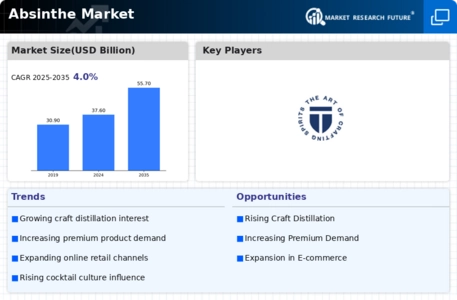
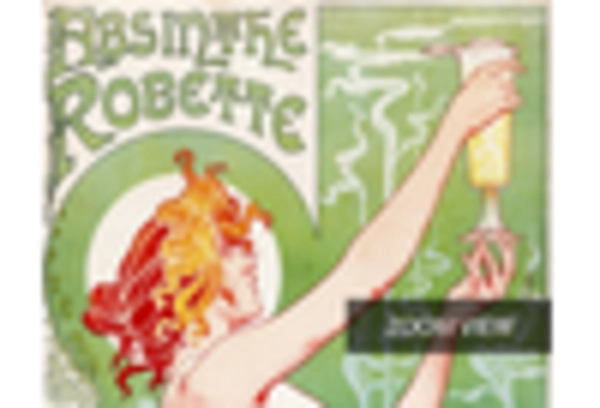
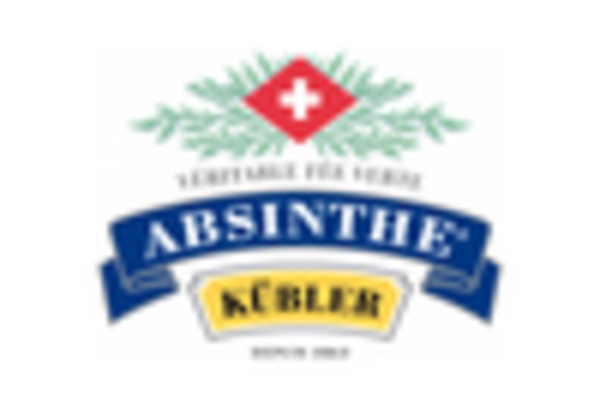

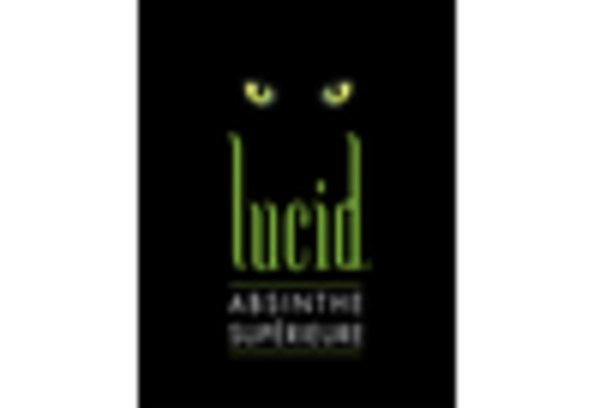
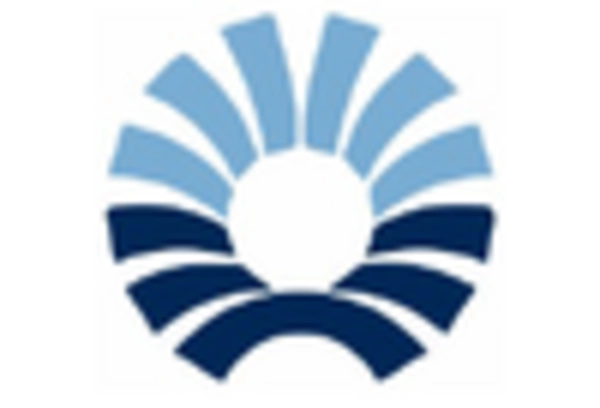









Leave a Comment